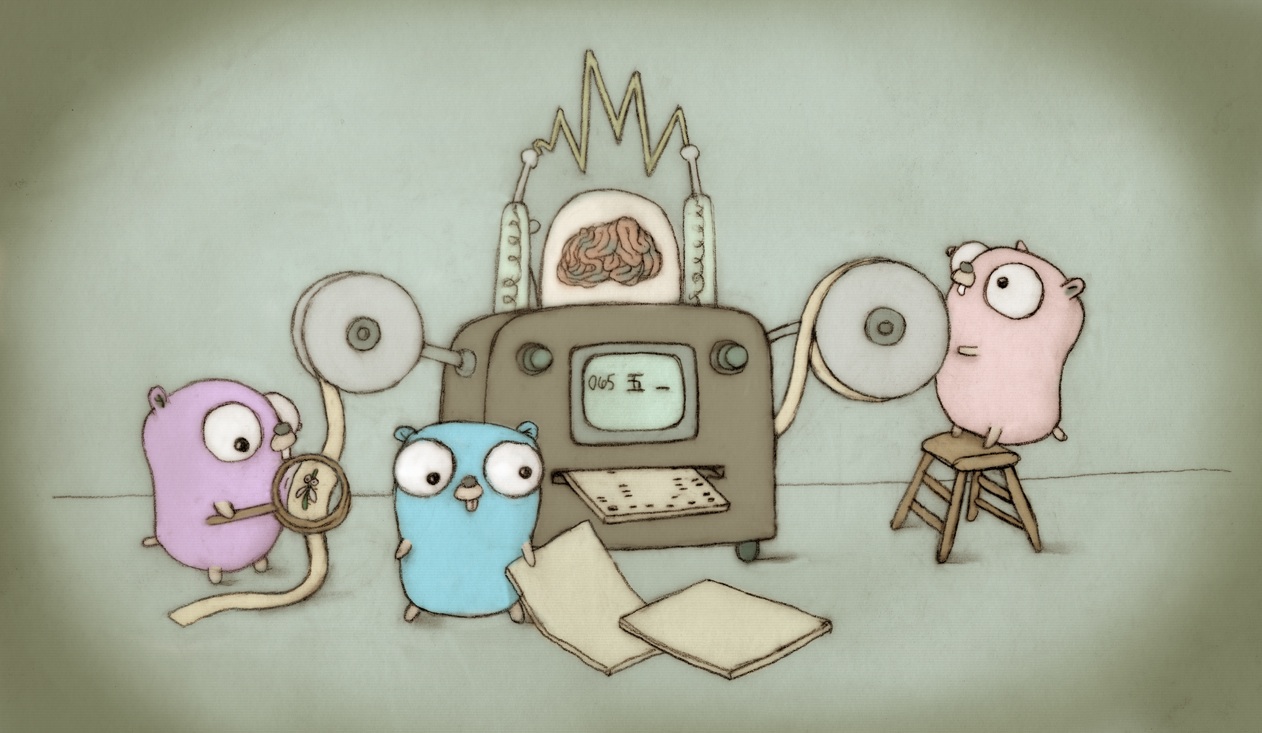This converts the garbage collector from directly manipulating work buffers to using the new gcWork abstraction. The previous management of work buffers was rather ad hoc. As a result, switching to the gcWork abstraction changes many details of work buffer management. If greyobject fills a work buffer, it can now pull from work.partial in addition to work.empty. Previously, gcDrain started with a partial or empty work buffer and fetched an empty work buffer if it filled its current buffer (in greyobject). Now, gcDrain starts with a full work buffer and fetches an partial or empty work buffer if it fills its current buffer (in greyobject). The original behavior was bad because gcDrain would immediately drop the empty work buffer returned by greyobject and fetch a full work buffer, which greyobject was likely to immediately overflow, fetching another empty work buffer, etc. The new behavior isn't great at the start because greyobject is likely to immediately overflow the full buffer, but the steady-state behavior should be more stable. Both before and after this change, gcDrain fetches a full work buffer if it drains its current buffer. Basically all of these choices are bad; the right answer is to use a dual work buffer scheme. Previously, shade always fetched a work buffer (though usually from m.currentwbuf), even if the object was already marked. Now it only fetches a work buffer if it actually greys an object. Change-Id: I8b880ed660eb63135236fa5d5678f0c1c041881f Reviewed-on: https://go-review.googlesource.com/5232 Reviewed-by: Russ Cox <rsc@golang.org> Reviewed-by: Rick Hudson <rlh@golang.org> |
||
|---|---|---|
| api | ||
| doc | ||
| include | ||
| lib/time | ||
| misc | ||
| src | ||
| test | ||
| .gitattributes | ||
| .gitignore | ||
| AUTHORS | ||
| CONTRIBUTING.md | ||
| CONTRIBUTORS | ||
| favicon.ico | ||
| LICENSE | ||
| PATENTS | ||
| README.md | ||
| robots.txt | ||
The Go Programming Language
Go is an open source programming language that makes it easy to build simple, reliable, and efficient software.
For documentation about how to install and use Go, visit https://golang.org/ or load doc/install-source.html in your web browser.
Our canonical Git repository is located at https://go.googlesource.com/go. There is a mirror of the repository at https://github.com/golang/go.
Please report issues here: https://golang.org/issue/new
Go is the work of hundreds of contributors. We appreciate your help!
To contribute, please read the contribution guidelines: https://golang.org/doc/contribute.html
Please note that we do not use pull requests.
Unless otherwise noted, the Go source files are distributed under the BSD-style license found in the LICENSE file.
--
Binary Distribution Notes
If you have just untarred a binary Go distribution, you need to set the environment variable $GOROOT to the full path of the go directory (the one containing this file). You can omit the variable if you unpack it into /usr/local/go, or if you rebuild from sources by running all.bash (see doc/install-source.html). You should also add the Go binary directory $GOROOT/bin to your shell's path.
For example, if you extracted the tar file into $HOME/go, you might put the following in your .profile:
export GOROOT=$HOME/go
export PATH=$PATH:$GOROOT/bin
See https://golang.org/doc/install or doc/install.html for more details.
